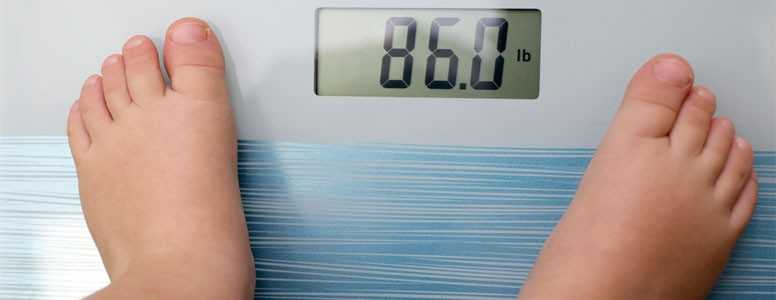People with diabetes could experience increased incidents of severe hypoglycemia during hotter and colder weather, researchers have discovered.
Drops in keyword in people with type 1 diabetes and type 2 diabetes have been linked by German scientists to temperatures outside a ‘thermal comfort zone’ ranging between 10°C and 20°C.
blood sugar levels
“This new observation could be of clinical relevance, but the underlying mechanisms of this interesting phenomenon are unknown. Therefore, the discussion must remain largely hypothetical as yet,” said lead author Mario Hensel, MD, from the Park-Klinik Weissensee hospital in Berlin.
Episodes of severe hypoglycemia increased by 18 per cent in higher temperatures and 15 per cent in colder climates when compared with the ‘comfort zone’, according to an observation of more than 2,500 people living in the Hamburg area.
Park-Klinik Weissensee researchers examined patient and weather data who had all been treated by emergency physicians for severe hypoglycemia.
Only eight per cent of hypoglycemic episodes took place outside, but when the researchers specifically looking at severe hypos which happened outside, the rate jumped to 21 per cent in higher temperatures and 13 per cent in cooler conditions.
This data was compared with information supplied by Hamburg University’s weather statio, with temperatures linked to within one-hour of each emergency call out. No heat waves or colder extremes were recorded during the study.
Hensel and colleagues concluded: “As people adapt to their local climates, through physiological, behavioural and cultural adaptatio, our findings cannot automatically be transferred to other climate zones.
“However, information on local or regional temperature-health relationships can be important in establishing temperature health warning systems.”
The study was published online in the Journal of Diabetes and its Complications.
What's new on the forum? ⭐️
Get our free newsletters
Stay up to date with the latest news, research and breakthroughs.





